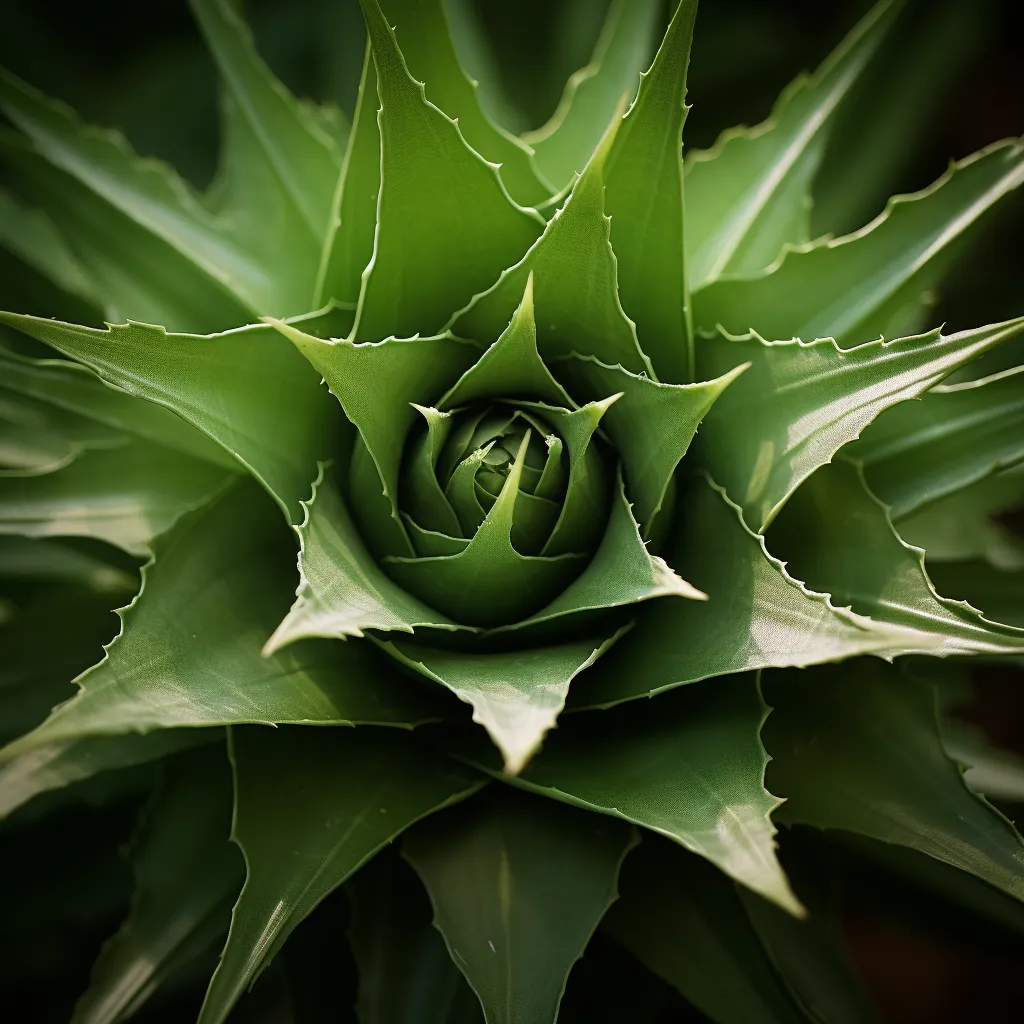Story of Day :
Contents
Spinach Emilia Plant Care Tips: Grow Your Greens with Ease
Ah, spinach! A versatile and nutritious leafy green that adds a burst of flavor to salads, pastas, and smoothies.
If you’re thinking about growing your own spinach in the garden or even indoors, you’ve come to the right place.
In this article, we’ll dive into Spinacia oleracea Emilia (Spinach Emilia) plant care tips that will help you achieve thriving plants and bountiful harvests.
Choose the Perfect Spot
Selecting the ideal location for your spinach plants is crucial for their success.
Here’s what you need to consider:
- Sunlight: Spinach thrives in full sun but can also tolerate partial shade.
Aim for at least 6 hours of sunlight per day.
- Soil Quality: Spinach prefers well-draining soil rich in organic matter.
Amend heavy clay soils with compost or peat moss to improve drainage.
- <strongpH Level: The optimal pH range for spinach is between 6.0 and 7.0.
Sow Seeds or Transplants?
You have two options when it comes to planting spinach: sowing seeds directly into the ground or starting with transplants from a nursery or garden center.
Let’s explore both methods:

- Sowing Seeds:If you choose this approach, sow your seeds about an inch apart and half an inch deep in well-prepared soil after all danger of frost has passed.
To ensure continuous harvests throughout the season, make successive plantings every two weeks until temperatures become too warm. - Transplanting:If you’re short on time or want a head start, consider purchasing spinach transplants.
Transplants are seedlings that have already germinated and grown for a few weeks in containers.
Dig holes as deep as the rootballs of your transplants and plant them at the same level they were growing in their pots.Space them about 4-6 inches apart to allow room for growth.
Water Wisely
Proper watering is key to successful spinach cultivation.
Here’s what you need to keep in mind:
- Consistent Moisture:Spinach requires consistently moist soil, so aim to provide about an inch of water per week.
Water deeply but avoid overwatering, as it can lead to diseases like root rot.
- Drip Irrigation:To ensure even moisture distribution, consider using drip irrigation or a soaker hose instead of overhead watering methods.
This method also helps prevent foliar diseases by keeping the foliage dry. - Mulching Matters:A layer of organic mulch around your spinach plants can help conserve moisture and regulate soil temperature while suppressing weed growth.
Straw, wood chips, or shredded leaves make excellent mulch choices.
Nutrition Needs
To promote healthy growth and abundant yields, spinach requires proper nutrition.
Consider these tips:

-
<lilFertilize Sparingly:
- Supplement with Compost:Work compost into the soil before planting to provide a slow-release source of nutrients.
Additionally, top-dress your spinach plants with compost once or twice during the growing season.
If your soil is already rich in organic matter,
you may not need additional fertilizer.
However,
if you notice slow growth,
yellowing leaves,
or poor yields,
apply a balanced fertilizer according to package instructions.
Avoid excessive nitrogen fertilizer, as it can lead to leafy growth with reduced flavor.
Pest and Disease Protection
While spinach is generally a hardy plant, it can still fall prey to pests and diseases.
Take these preventive measures:
- Pest Management:To fend off common pests like aphids, slugs, and snails, consider implementing organic pest control methods such as companion planting (with marigolds or onions) or using neem oil sprays.
- <stroDisease Prevention:<
Air circulation is crucial in preventing fungal diseases like powdery mildew.
Plant your spinach with enough spacing between plants to allow for adequate airflow.
Additionally,
avoid overwatering and water from beneath rather than overhead to minimize leaf wetness.</strogonglil+
Harvesting Spinach Emilia
The time has come to reap the rewards of your care! Here’s how you can harvest Spinacia oleracea Emilia (Spinach Emilia):

-
<lilSelective Picking:
Baby spinach leaves are usually ready for harvest about four weeks after sowing seeds or two weeks after transplanting.
Pick individual leaves from the outside while allowing the center of the plant to continue growing.
Alternatively,
you can cut entire outer leaves about an inch above ground level. </stroCut-and-Come-Again Harvest:<-
</sty/If you prefer a continuous supply of spinach,
opt for the cut-and-come-again method.
Starting from the outer leaves,
cut them about an inch above ground level and leave the central growing point intact.
New leaves will continue to emerge,
allowing for multiple harvests throughout the growing season.</strogonglil+
Summary
With these Spinach Emilia plant care tips, you’ll be well-equipped to grow your own delicious and nutritious spinach.
Remember to choose a sunny spot with well-draining soil, provide consistent moisture through proper watering techniques, and supplement with compost or organic fertilizer.
Protect your plants from pests and diseases by practicing good garden hygiene, and enjoy the fruits (or rather greens) of your labor with selective or cut-and-come-again harvesting methods.
Happy gardening!